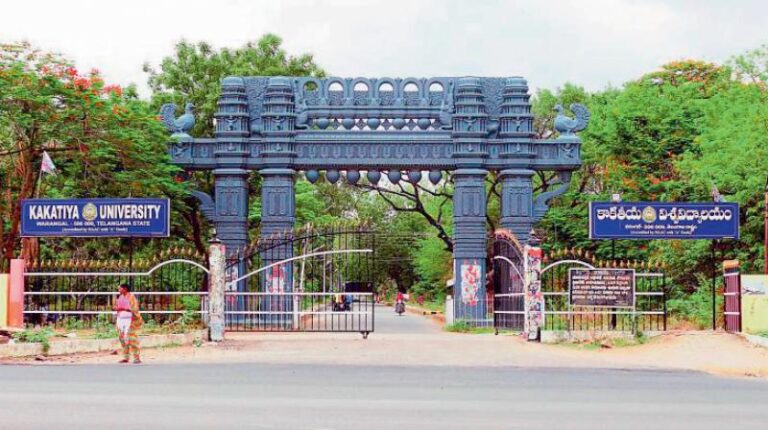Unveiling the Atal Pension Yojana: Charting the Course for Economic Stability by 2024
The goal of the voluntary Atal Pension Yojana (APY) retirement programme for low-to-mid-income individuals between the ages of 18 and 40 is to provide social security for all Indians, with a focus on the impoverished, marginalised, and unorganised sectors.
The programme gives a set pension of Rs 1000, Rs 2000, Rs 3000, Rs 4000, or Rs 5000 upon reaching 60 years of age, replacing the earlier Swavalamban Yojana. Nonetheless, the pension is based on the person’s age and amount of contributions. Upon the contributor’s death, the nominee will get the accumulated corpus, and the contributor’s spouse may claim the pension.
When a contributor reaches 60 years old, their spouse has the option to terminate the plan or carry on for the remaining duration. The money collected under the plan is managed by the Pension Funds Regulatory Authority of India (PFRDA). A five-year period, from 2015–16 to 2019–20, is available for government co-contribution to subscribers who join the system between June 1, 2015, and December 31, 2015, and who are not income taxpayers or covered by any statutory social security schemes.
The program’s goal is to give every Indian citizen a sense of security by making sure they won’t have to worry about being sick, getting into an accident, or getting a disease when they get older. Workers who are employed by private companies or in the private sector but do not receive pension benefits are also qualified to sign up for the programme.
Qualifications for Atal Pension Yojana
The prerequisites for eligibility under the Atal Pension Yojana are as follows.
The candidate needs to be in the age range of 18 to 40.
It is necessary to contribute for a minimum of twenty years.
Your Aadhar number needs to be linked to a post office or savings bank account.
The candidate needs to have a working cell phone number.
Note: Information in the APY account and the nomination of a nominee are required of applicants.
Note: The government portion of the contribution is not available to individuals who are registered under any of the statutory social security schemes, including the Jammu and Kashmir provident fund, the Assam tea plantation provident fund, the employees’ provident fund, the coal mines provident fund, the seaman’s provident fund, or any other statutory scheme. This covers those who fall under the service discharge benefit scheme’s (SDBS) gramin dak sevak and income taxpayer classifications.
Atal Pension Benefits Yogi
The Atal Pension Yojana has the following benefits:
The government’s contribution
The government contributes 50% of the total cost, or INR 1,000 each year, for a term of five years, whichever is less.
Compilation of input
Subscribers may receive a fixed pension of INR 1,000, INR 2,000, INR 3,000, INR 4,000, or INR 5,000, depending on their payments.
Return on Investment
The pension amount under the APY system can be paid out in INR 1000, INR 2000, INR 3000, INR 4000, or INR 5000 slabs, according on the subscribers’ preferences. The amount of the contribution may rise as the holder ages.
Benefits of taxes
The Indian government offers tax benefits on contributions made to the Atal Pension Yojana programme. A deduction of Rs. 50,000 under Section 80CCD (1) of the Income Tax Act and a deduction under Section 80C are available for any investments made into the scheme.
Options for withdrawal
Following the sixty-year mark, members have the option to apply for guaranteed monthly income.
Should a subscriber pass away, the nominee (spouse by default) will be eligible to start receiving cumulative pension returns when they become sixty.
Should the subscriber die before becoming sixty years old, the nominee will receive the accrued pension amount back.
Withdrawals before the maturity date are allowed in the event that the subscriber dies or becomes terminally ill.
It is important to remember, though, that subscribers who choose to end their memberships at any time will only get their own contributions—neither the government contribution nor any accrued interest—when they do so.
There will be a penalty charge of Rs. 1 for every Rs. 100 in the savings account if the minimum balance required by the APY deposit is not reached. In addition, the Additional costs include the following:
The annual service charge is between Rs. 100 and Rs. 150.
a Rs. 15 account opening charge for each account.
Rs. 40 is the annual account maintenance charge.
The annual investment management charge is 0.0102 AUM.
For digital assets, the annual maintenance cost is 0.0075%; for physical deposits, it is 0.05%.
How to Open an Account in 2023 for the Atal Pension Yojana
A list of the minimal documentation procedures needed to open an APY account is provided below:
You should open a savings account or give the account number to the bank or post office if you would like deposits to be taken out of your account on a monthly, quarterly, or half-yearly basis.
Make sure there is adequate money in your savings account.
When Will I Be Able to Leave the APY?
Withdrawals from the APY plan are not allowed for those under the age of sixty, but they might be allowed in extraordinary circumstances like the beneficiary’s death or the beginning of a terminal illness. The actual departure scenarios are as follows:
The subscriber receives a 100% annuitization of his pension wealth at turning sixty years old.
The spouse of a subscriber who dies will be entitled to the pension; if the spouse also dies, the nominee will receive the pension corpus back.





